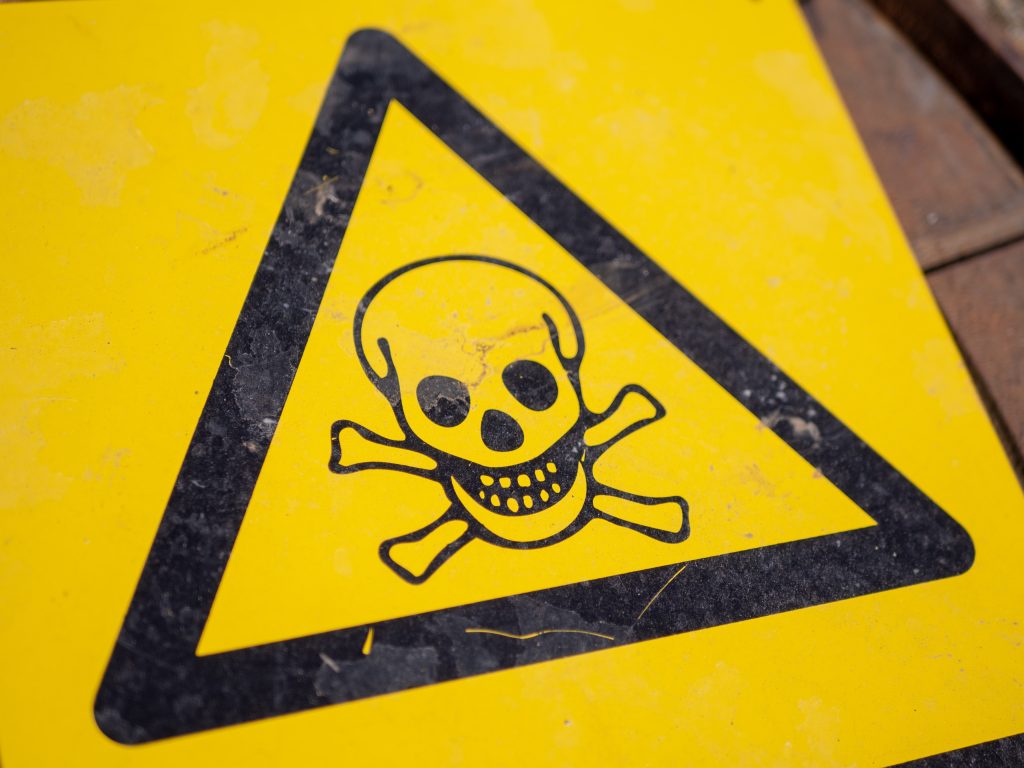 In 2021 there were 23,165 incidents relating to the transportation of hazardous materials. Two of those incidents ended in fatalities, according to the Bureau of Transportation Statistics.
In 2021 there were 23,165 incidents relating to the transportation of hazardous materials. Two of those incidents ended in fatalities, according to the Bureau of Transportation Statistics.
Handling hazardous materials on the move or in the workplace is a risky business. However, with the right safety measures, you can hugely lessen the chances of incidents occurring.
In this short guide, we will look at three tips for properly handling hazardous materials. Read on to create a safer working environment for yourself and others.
1. Learn About the Hazardous Materials Table
There is a Code of Federal Regulations regarding the transportation and handling of hazardous materials. Within this code, there is a Hazardous material table. Anyone who deals with hazardous materials should read up on the regulations relevant to the materials they use.
You should highlight whatever you find relevant. Then, take this information and put it clearly so that your staff understands their responsibilities when dealing with the hazardous materials you use. A good way to do this is to create employee data sheets, and you should make them available to all of your staff.
2. Labeling and Documentation Are Crucial
To ensure safety, labeling and documentation of hazardous materials must be at the top of your list. Without high standards in these areas, you run massive risks of incidents happening.
Make sure all your staff understands the need for attention to detail. You need to make this detail-orientated approach consistent as well.
Never wait till later to do the labeling. You need to harbor a culture of real-time labeling within your business. Employees who do not keep to these standards could be seriously endangering others.
You also must ensure that your staff has easy access to safety procedures. If they do not, they may guess about some things which could end up causing an incident. And, of course, having the right hazardous material sign clear on particular materials is essential.
3. Handling Organic Peroxides
Our last tip specifically concerns the handling of organic peroxides. By running through this, you can gain an idea of the level of attention that is needed to deal with hazardous materials.
What are organic peroxides? They are a super-useful hazardous material. Manufacturers use them for making various plastics, for example.
The handling guidelines of these peroxides depend on the type you are using and the quantity. Generally, you must keep organic peroxides from heat sources and flammable materials. In some circumstances, you may require climate control and ventilation in place.
Handling and Transporting Hazardous Materials
The key to handling hazardous materials correctly is to pay attention to detail when learning about them and handling them. Never let your standards drop; always research from time to time for updated safety information.
Get more informative posts like this by clicking this website’s logo.











